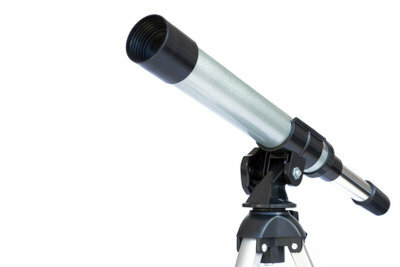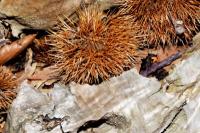Use the Optus telescope correctly
In order to be able to observe the starry sky well at night, you do not necessarily need an expensive telescope. The telescope from Optus is ideal for beginners.

What you need:
- cloudless starry sky
- dark location
- Sky map
Every telescope needs a dark location
- If you have decided to purchase the Optus telescope, you should first familiarize yourself with the device. Set up your telescope completely during the day and read the enclosed manual carefully.
- Do not be dazzled by the pictures on the packaging. These are professional images that you cannot see through your telescope.
- If you have a astronomy- If you are new to the area, it would be ideal if an experienced amateur astronomer could join you for your first observations. This will give you valuable advice and help finding individual objects.
- To use your telescope properly, you should find a dark place to observe it. If you live in the city, it is definitely worth driving a few kilometers out of town with the telescope. Nothing spoils the joy of observation more than a starry sky brightened by street lamps.
Observe planets well with the Optus telescope
- The most beautiful and easiest objects to observe include the moon and the planets Venus, Mars, Jupiter and the ring planet Saturn. They are not always to be seen, depending on the year and time they rise in the east and wander across the starry sky towards the west, where they set.
- The objects that can currently be found in the starry sky can be found on the Internet or in an astronomical yearbook. The public observatories in your area will also be happy to help you with any questions about astronomy and telescopes.
- For example, if you want to observe the moon, you must first bring it into the field of view of the telescope. To do this, use the small finderscope attached to the telescope.
- Once you have found the object you want to observe in the viewfinder, you should begin your observation with the lowest magnification. You set the magnification of your Optus telescope using the supplied eyepieces.
- Each eyepiece has a millimeter indication printed on it. The higher the number, the lower the magnification. First insert the eyepiece with the highest millimeter specification into the focuser.
- Cover one eye with one hand and look into the eyepiece with the other eye. Now you have to focus the image, similar to binoculars.
- To do this, turn the wheel next to the eyepiece. If the stars are point-shaped, the image is sharp.
- Take a chair to watch. This protects your back during longer observations. Take your time observing an object. So you will be able to see more and more details.
- It takes the eye over half an hour to adjust to the darkness. Avoid bright light while observing. A flashlight with red light is suitable for reading star maps, as red light is the least likely to dazzle the eyes.
- The telescope from Optus is ideally suited as an entry-level telescope and maybe it arouses your interest in astronomy, so that you will soon get yourself a more powerful device.
How does a telescope work? - This is how you can see the stars
Obviously, when you buy a new telescope, you want to know how it ...
How helpful do you find this article?


